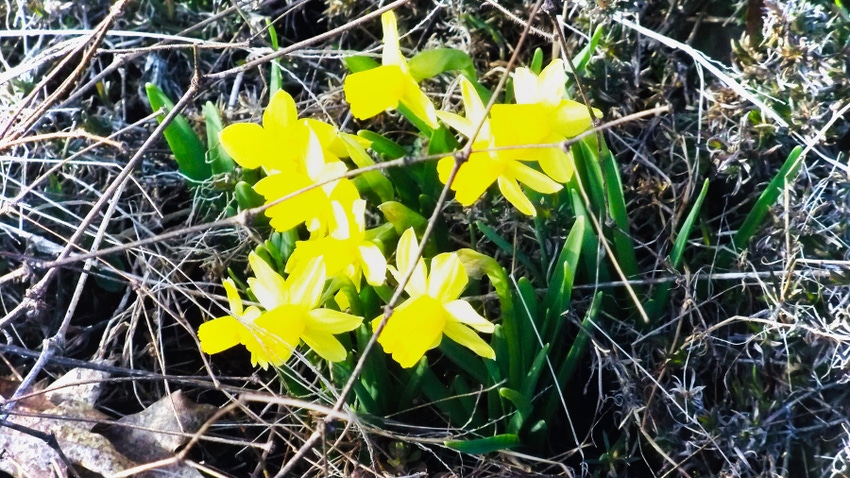February 3, 2023

My snow boots did not make it out of the basement in January. That’s how mild of a winter it’s been thus far.
The farmer who grows crops on the land around us harvested wheat from the fields last summer. Following that, he planted a cover crop of oats, peas and radishes. During fall, the radishes bloomed, the peas sent out tenacles, and the oats looked like grass that needed mowed. Then, winter came, and the temperatures dropped. The cover nurtured the soil and prevented erosion.
When the temperatures rose into the 40s in January, those fields emitted the aroma of cooking cabbage. The radishes were beginning to decompose, filling the air with a pungent odor.
Several years ago, on a warm winter afternoon, the odor of the radishes caused alarm with one of my non-farm neighbors. They were sure there was a natural gas leak. The excitement continued when the gas company arrived, as well as the local fire department. They checked everything out and found no natural gas leak.
One of the firefighters asked if someone was cooking cabbage. It was decided that it was the radishes in the field. Things went back to normal, then, although the aroma in the air for a couple of days was not very appealing.
The big question on my mind is will snow show up as we move into the end of winter? It is not unusual for snow to make a big blast in March. St. Patrick’s Day often heralds a snowstorm just in time for the parades.
Spring is definitely on my mind. The seed catalogs are getting a workout.
The herb garden will need cleaned out as soon as the weather breaks. Now is the time to prune back the perennial herbs and to make decisions about annuals such as rosemary and different types of basil.
Every spring, my son and his family come to the farm and help clean out the flower beds, trim along the walks and give the shrubs a haircut. It is a great day, starting with lunch together and spending the afternoon outdoors. Of course, it is very weather dependent. March weather is so unpredictable. After we are done, I am inspired to pick the best plants for each spot.
Do you plant corn when the leaves on the oaks are the size of a squirrel’s ear? According to an article in the Twin Cities Press, not only are the oak trees the sign of when to plant corn, but also the time to start searching for morels. We have neighbors who have found the mushroom delicacy popping up in several locations around the farm. They enjoy the hunt, as well as the mushy addition to their supper.
One of my neighbors sautés morels in butter and serves. She says they are delicious.
As we look forward to the first day of spring, we can also prepare to celebrate National Agriculture Day on March 21. This is the 50th year National Agriculture Day will be celebrated. It is part of the program of the Agriculture Council of America.
The purpose of ACA is to share with the public the importance of agriculture in their lives. Visit agday.org to learn how you can participate at the local level, as well as to learn what will be happening in Washington, D.C., to honor American agriculture.
Together we will welcome spring. Be safe.
About the Author(s)
You May Also Like






